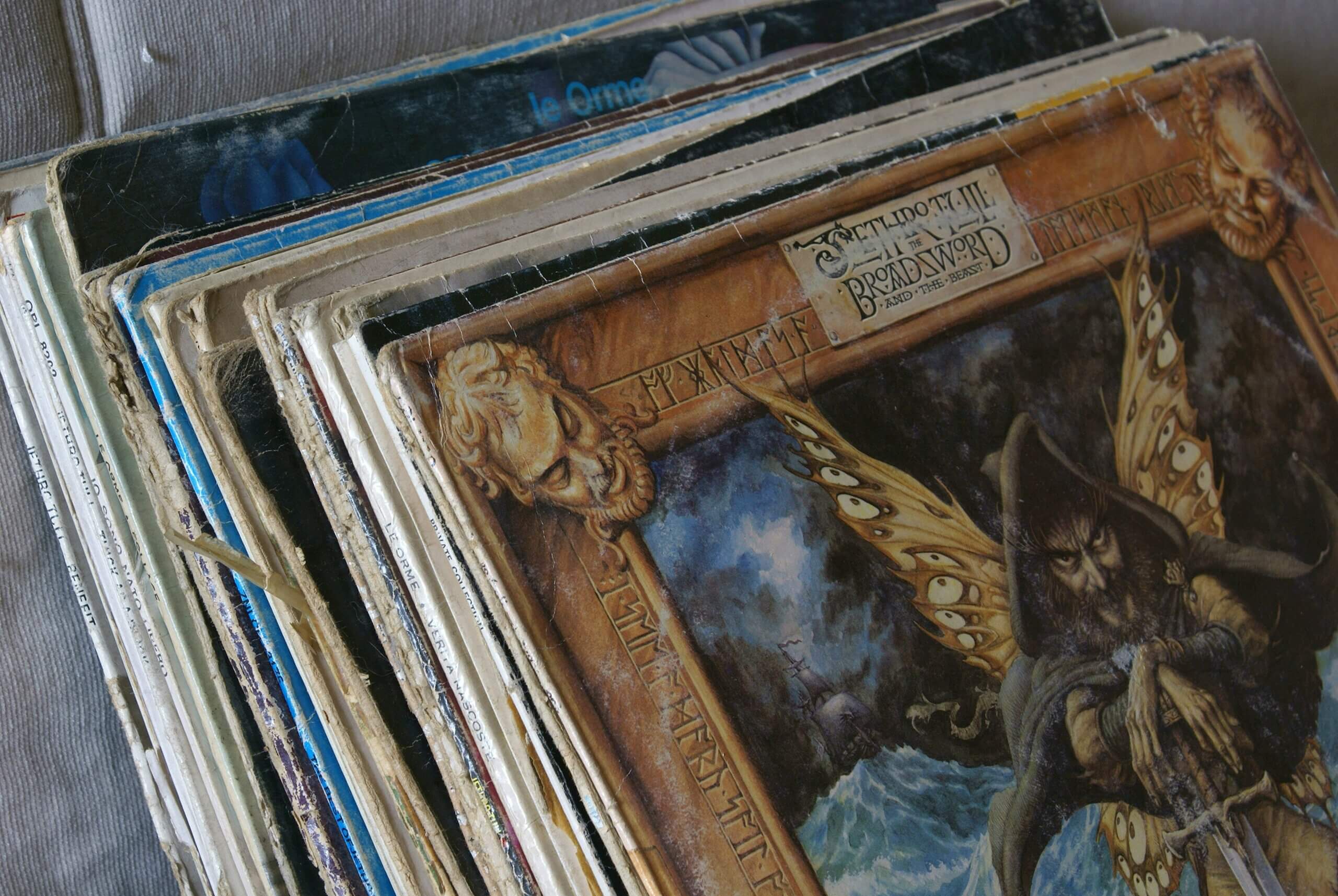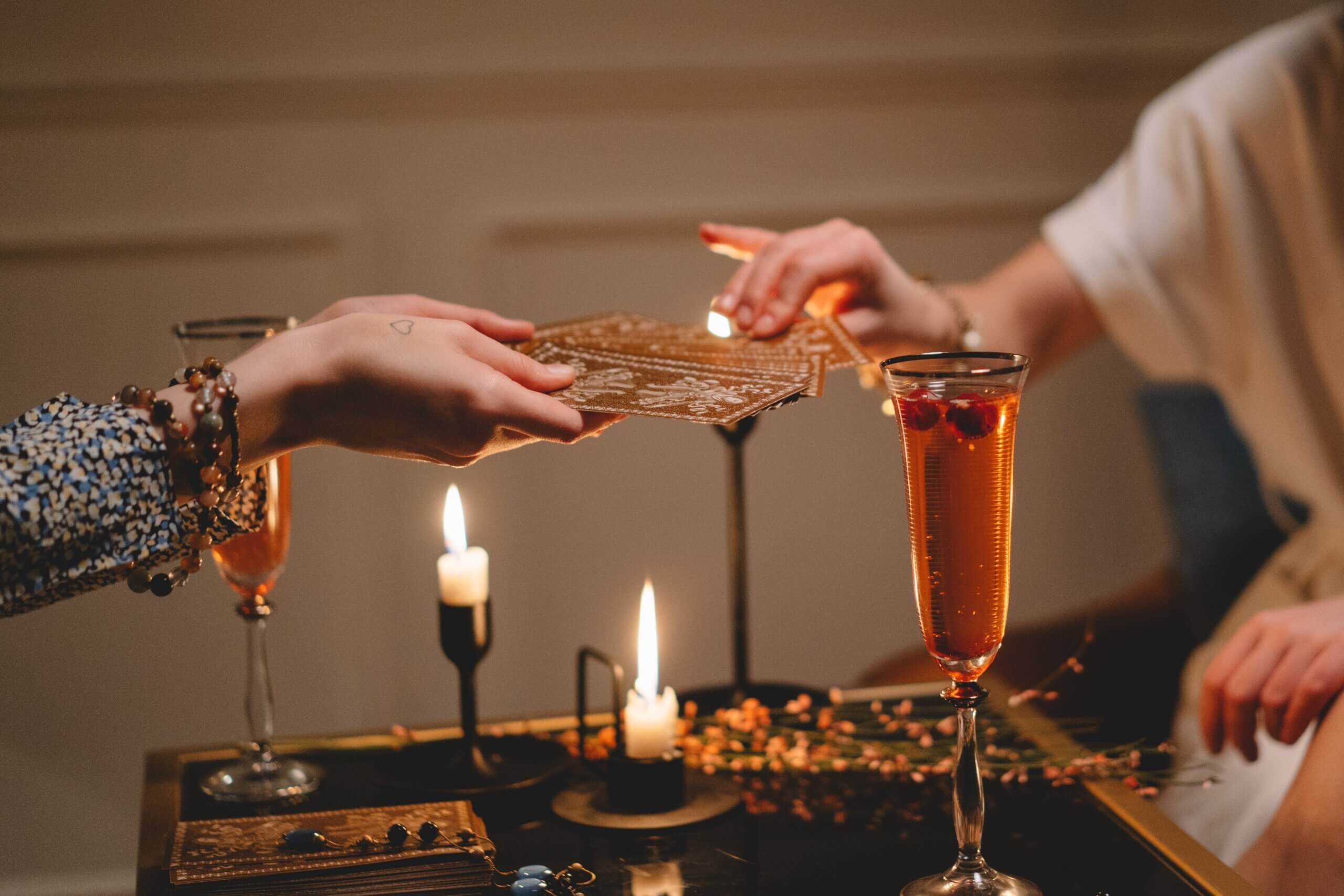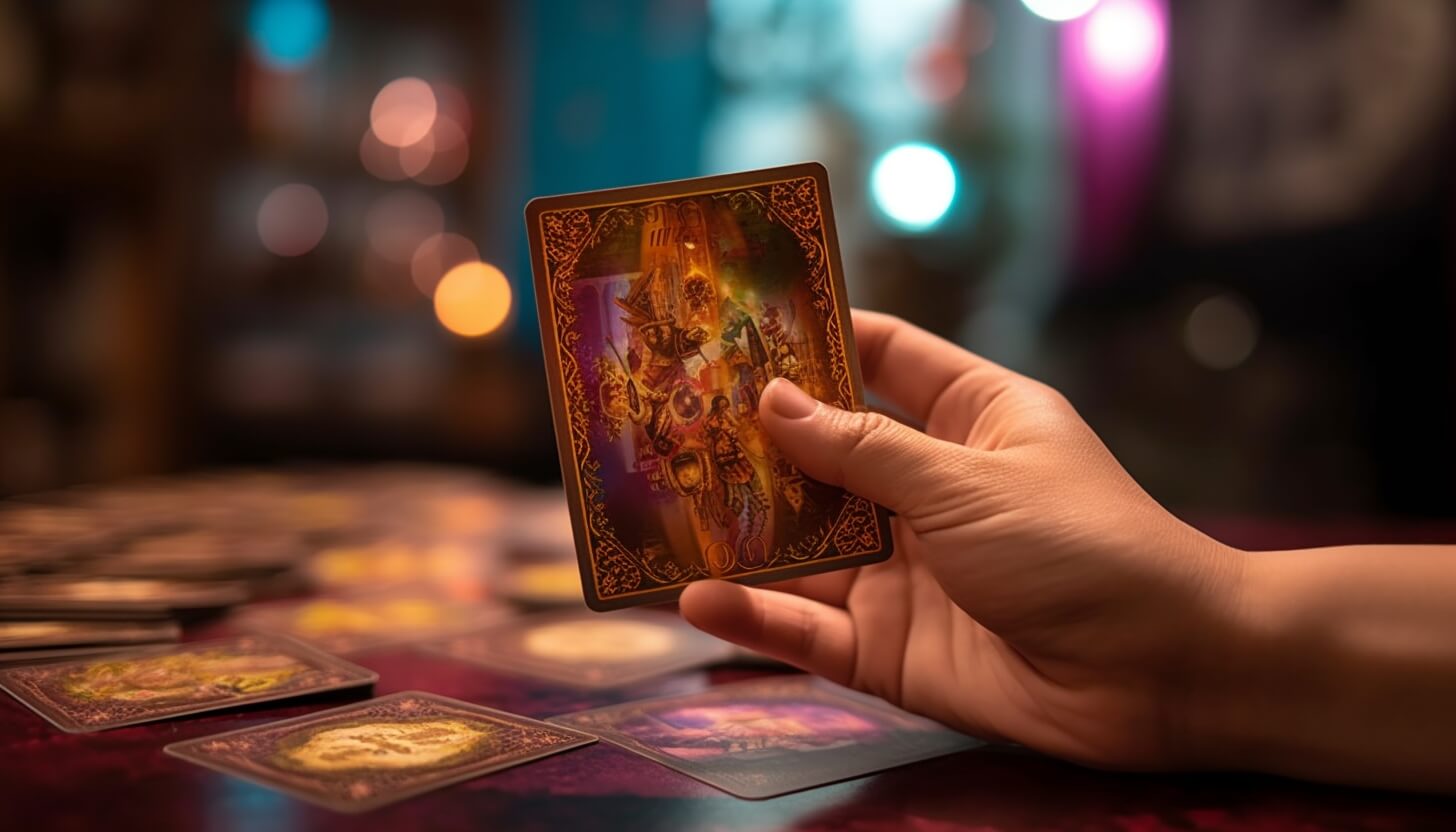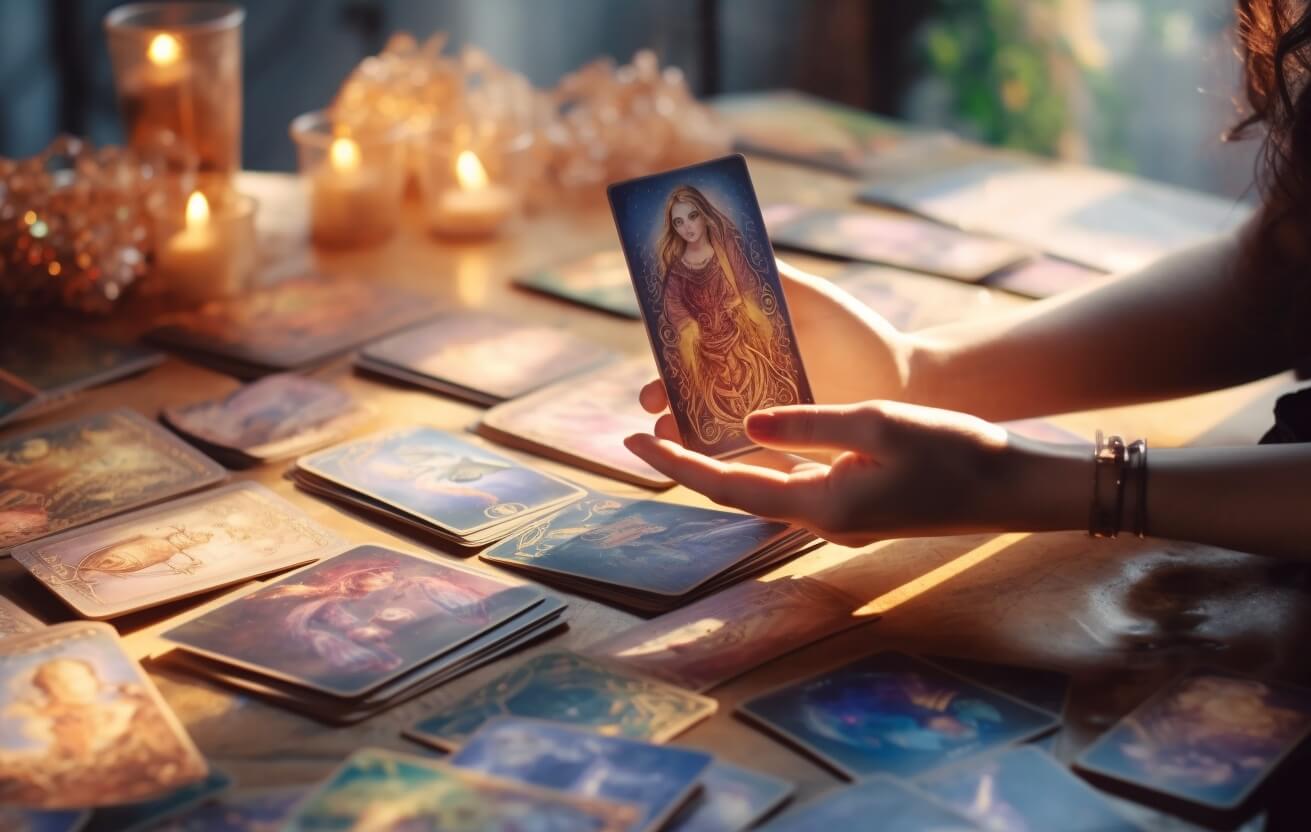
Tarot is a deck of 78 cards with a rich history dating back to the 15th century. It’s a tool used for divination and spiritual growth, and it’s often associated with fortune-telling. However, tarot can help individuals gain insight into their deepest issues and offer guidance for the future.
At the core of tarot lies symbolism, with each card representing different energies, archetypes or life situations. It’s essential to understand these symbols to unlock the power of the tarot’s wisdom.
A common misconception is that the tarot predicts the future. In reality, it serves as a tool for interpreting the present and offering a pathway for navigating the future. One of the most crucial elements of the tarot is intention, and a clear and focused mind is needed when working with the cards.
There are many different decks available with various designs and interpretations. Each deck has its own energy and spirit. It’s important to choose a deck that resonates with you and your personal energy.

Getting to Know the Tarot Cards
There are 78 tarot cards that are divided into two types: major and minor arcana. The major arcana consists of 22 cards, representing significant events or energies in life. The minor arcana has four suits, each with 14 cards, representing everyday events and situations.
Each card has its own meaning, which is determined by its position, the question asked, and the other cards in the reading. Understanding the meaning of each card is a fundamental aspect of working with the tarot.
The imagery and symbolism of the cards are also crucial to understanding the deck. It’s essential to take time to study each card, contemplating its meaning, and allowing its energy to sink into the subconscious mind.
The practice of tarot involves using intuition and insight to guide the reading. Trusting one’s inner knowing and allowing the cards to speak to the reader is an essential aspect of the process. Tarot readings can be done for oneself or for others, and they can provide comfort, clarity, and direction in all areas of life.

Learning How to Do a Tarot Reading
To begin doing tarot readings, it’s essential to have a clear, focused mind. It’s important to approach tarot with openness and curiosity, rather than with a strict plan or agenda.
The first step is to shuffle the cards while focusing on the question or situation for the reading. Then, the reader lays out the cards in a spread, which can be as simple or complex as desired.
Each card in the spread represents different aspects of the answer to the question or situation. The reader then interprets each card and how it relates to the other cards in the spread. This interpretation can come from intuition, knowledge of tarot symbolism, or a combination of both.
The final step of the tarot reading is to integrate the information gained from the cards and apply it to the situation or question at hand. This process can offer new insights, clarity, and guidance for moving forward.
Interpreting Tarot Cards for Different Situations
Tarot can be used for a variety of situations, from gaining clarity on a personal issue to finding direction in a business venture. One of the most common uses of tarot is for specific questions, where the cards can offer guidance and insight into the current circumstances.
For relationship readings, tarot can shed light on the dynamics of a situation, offer advice for communication, and provide insight into the emotional or energetic connection between two people.
Career-focused tarot readings can offer insight into professional growth, finding one’s purpose, and identifying potential obstacles or opportunities in the job market.
Regardless of the situation or question, interpreting tarot cards requires a deep understanding of symbolism and intuition. Each reading is unique, and a skilled tarot reader can offer a customized and insightful interpretation for every circumstance.
Asking the Right Questions in a Tarot Reading
Asking the right questions is crucial for a successful tarot reading. It’s important to approach the question with a clear intention and focus. Open-ended questions, such as “What do I need to know about X?” or “What messages do the cards have for me?” work well.
It’s important to avoid asking yes or no questions, which limit the scope of the reading. Additionally, questions that are too broad or vague can make it challenging to get a clear answer or interpretation from the cards.
When formulating a question for a tarot reading, it’s essential to be honest and open about the situation or circumstance being addressed. This allows for a more accurate and helpful reading that can provide deeper insights into the situation at hand.
Maintaining the Energy of Your Tarot Cards
Your tarot deck is a powerful tool for divination and spiritual growth, and it’s important to take care of it to ensure that it retains its energy and effectiveness over time.
One way to maintain the energy of your tarot cards is to store them carefully. Keep your deck in a special box or pouch, and wrap it in a cloth when not in use. Additionally, it’s important to avoid letting others handle your cards, as their energy can interfere with the energy of the deck.
Cleansing and consecrating your deck is another way to maintain its energy. This can be done by smudging the cards with sage, palo santo, or incense, or by holding them under running water. It’s important to set a clear intention while doing this, such as a prayer or affirmation.
Regularly using and working with your tarot deck is also essential for maintaining its energy. This can be done by giving frequent readings for yourself or others, meditating on the cards, or simply studying the symbolism and meanings of the cards.
By taking care of your tarot deck and maintaining its energy, you can ensure that it continues to guide and offer insight on your spiritual journey.






What do you think?
Lets login and you can leave your thoughts
Login with Facebook and add your comment